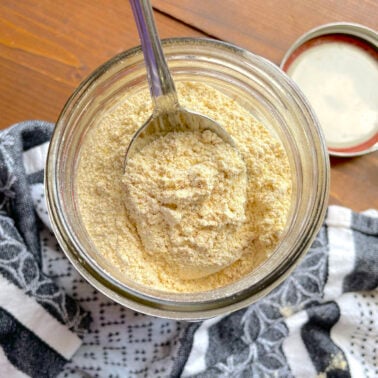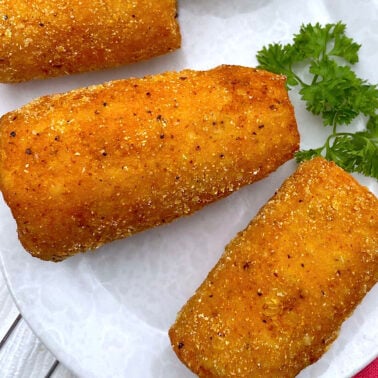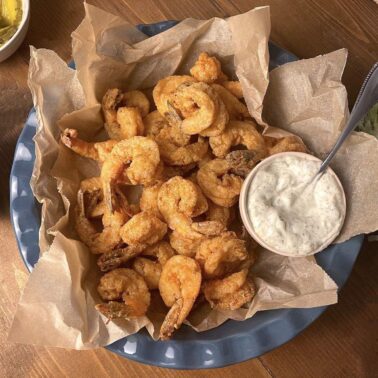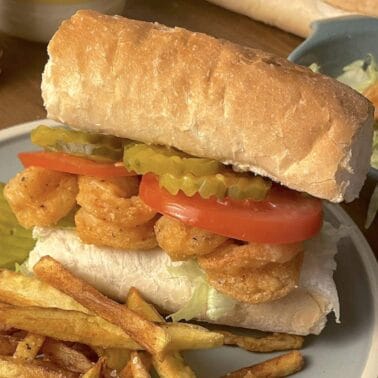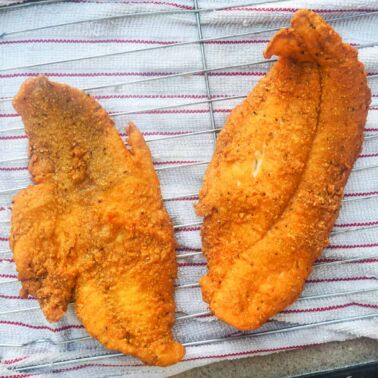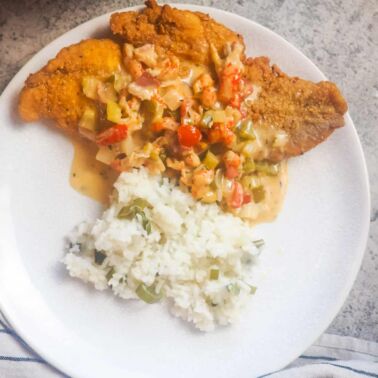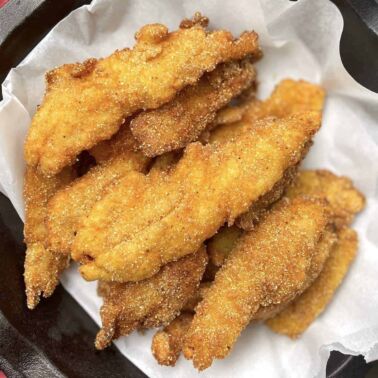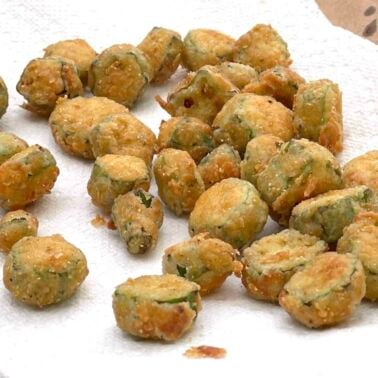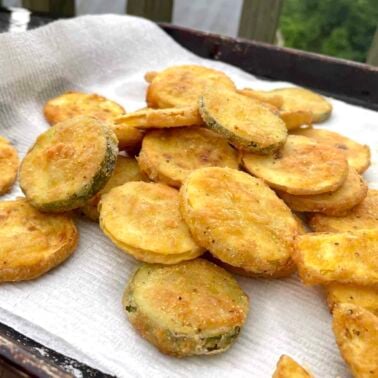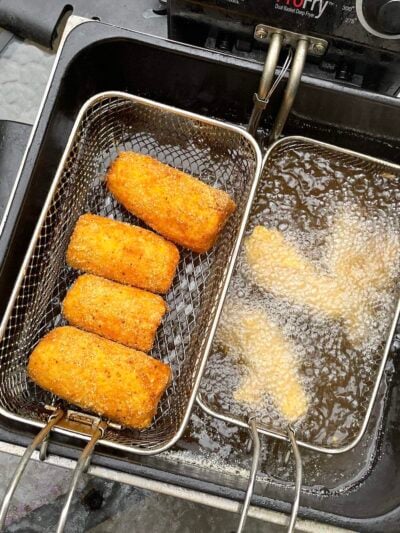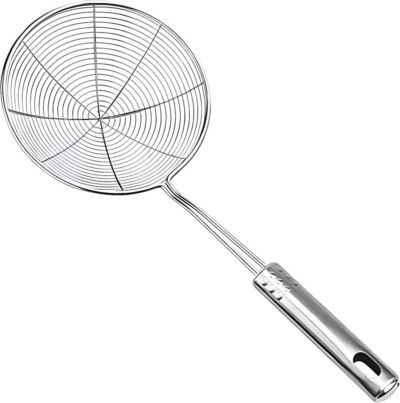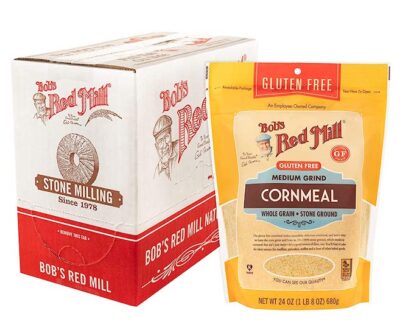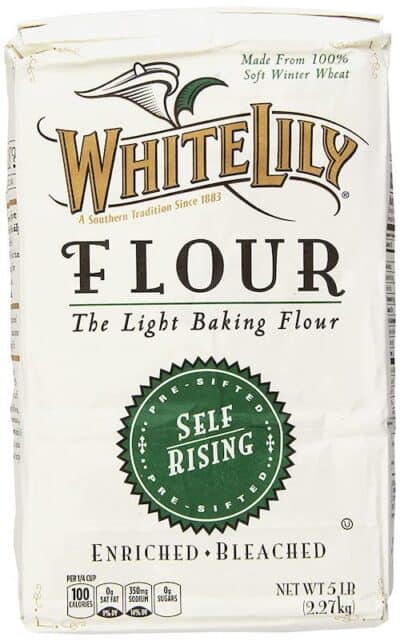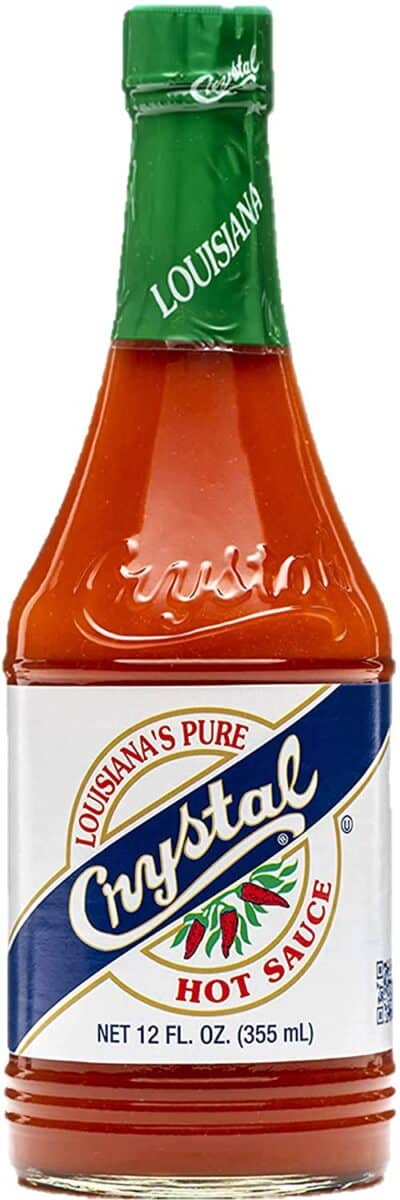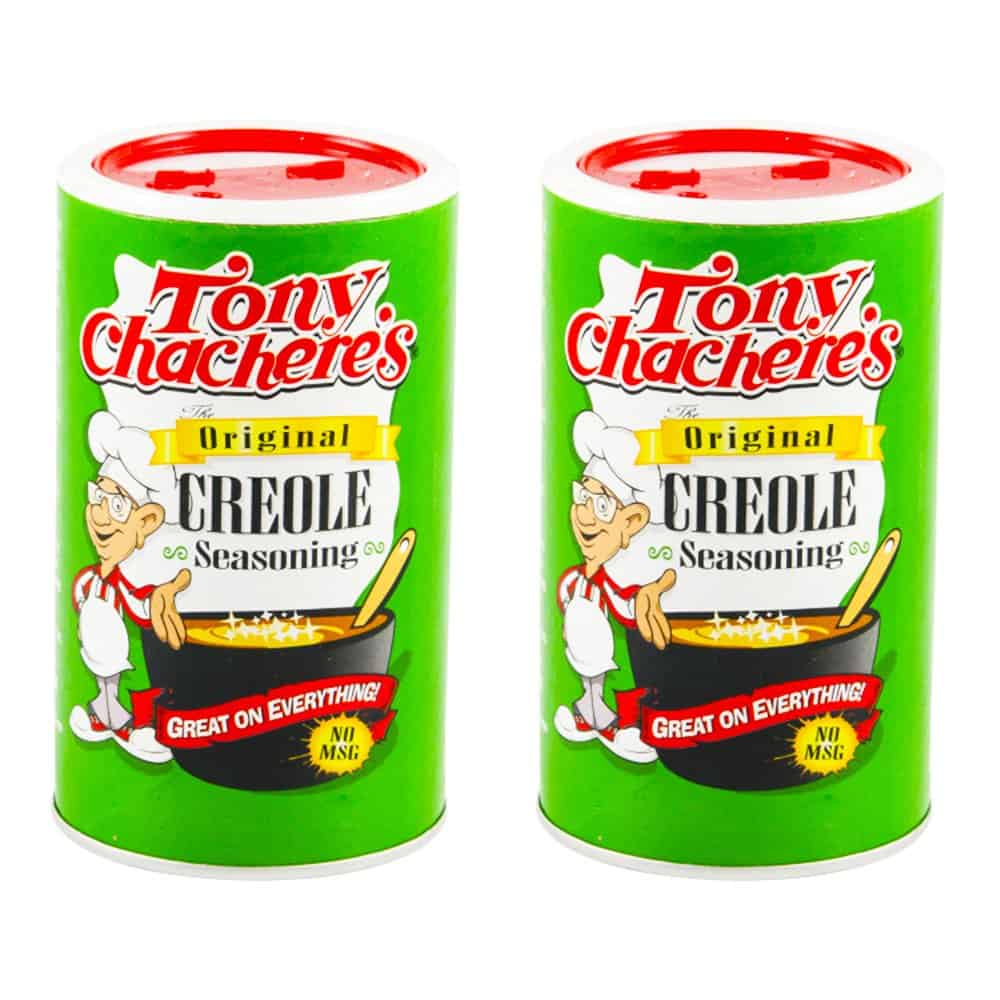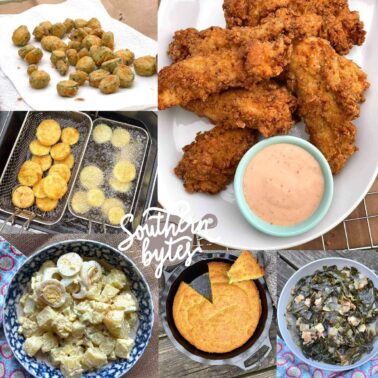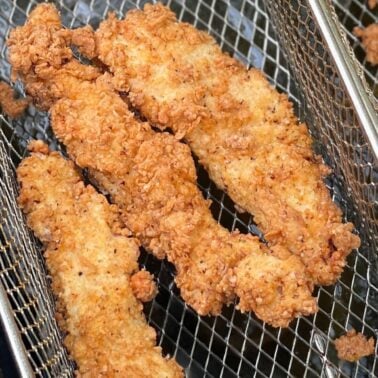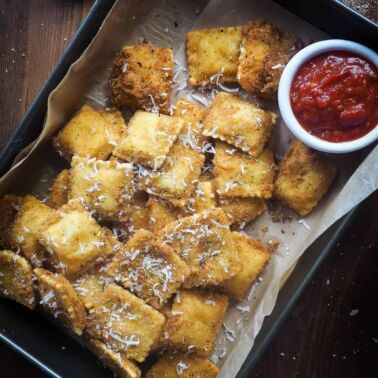Breakfast
Recently Added
Table of Contents
Fried Seafood Recipes
Main Courses
Deep Fried Shrimp
Seafood Recipes
Fried Shrimp Po’ Boy
Seafood Recipes
Southern Fried Catfish
Condiments
Homemade Cornmeal Fish Fry Seasoning Mix
Main Courses
Catfish Atchafalaya
Side Dishes
What to Serve with Fried Catfish
Safety Tip
Remember, safety is paramount when deep frying food. Always follow the manufacturer’s instructions, exercise caution when handling hot oil, and keep children and pets away from the cooking area. With proper care and attention, you can enjoy delicious deep-fried dishes in the comfort of your own home.
Fried Vegetable Recipes
How to Use a Deep Fryer
Here’s a step-by-step guide on how to use a deep fryer:
- Read the Manual: Before using a deep fryer, it’s essential to familiarize yourself with the specific model you have. Read the instruction manual provided by the manufacturer. This will give you important information on the features, controls, and safety guidelines specific to your deep fryer.
- Choose the Right Oil: Selecting the right oil is crucial for achieving optimal frying results. Use oils with high smoke points, such as vegetable oil, peanut oil, canola oil, or sunflower oil. (Peanut oil is my favorite oil for frying.) Avoid using olive oil or butter, as their low smoke points can result in burnt or smoky flavors.
- Preparing the Deep Fryer: Start by ensuring your deep fryer is clean and free of any residual oil or debris. If necessary, remove the frying basket and clean it separately. Once clean, reassemble the deep fryer and make sure it is placed on a stable, heat-resistant surface.
- Add the Oil: Check the manufacturer’s instructions to determine the recommended oil level for your deep fryer. Pour the appropriate amount of oil into the fryer, ensuring it does not exceed the maximum fill line indicated. Be cautious not to overfill, as hot oil can expand during frying.
- Preheating the Oil: Set the temperature dial or digital control on your deep fryer to the desired temperature. Most recipes will specify the appropriate temperature. Common frying temperatures range between 350°F (175°C) and 375°F (190°C). Allow the oil to preheat for several minutes until it reaches the desired temperature.
- Prepare the Food: While the oil is preheating, prepare the food you will be frying. Whether it’s chicken, vegetables, or desserts, ensure your ingredients are cut, seasoned, and ready to be submerged in the hot oil. Consider coating the food with batter or breading if desired.
- Frying Process: Once the oil has reached the desired temperature, carefully lower the frying basket into the oil. Add the food in small batches to avoid overcrowding, which can lower the oil temperature and result in greasy food. Gently place the food into the fryer, avoiding any splashing or dropping. Close the fryer lid if applicable.
- Frying Time: The cooking time will depend on the recipe and the type of food you are frying. Follow the recommended cooking times in your recipe or use visual cues. Keep an eye on the food as it cooks, ensuring it turns golden brown and reaches the desired level of crispiness. Use tongs or a slotted spoon to turn or flip the food if necessary. (I would also recommend checking the internal temperature of the food when making things like fried chicken – dark meat chicken might look undercooked when it is, in fact, cooked.)
- Drain and Serve: Once the food has cooked to perfection, carefully lift the fryer basket out of the oil, allowing any excess oil to drip back into the fryer. Place the food on a paper towel-lined plate or a wire rack to drain excess oil. This helps maintain the desired texture. Season with salt or other desired seasonings while the food is still hot. Serve immediately and enjoy!
- Clean and Store: After the deep fryer has cooled down, you can dispose of the used oil or strain it and save it for another use in an airtight container like a mason jar. I like to reuse oil for french fries, chicken, and vegetables – I store oil from sweets separately. I don’t like to reuse oil from frying fish. Follow the manufacturer’s instructions for cleaning and maintaining your deep fryer. Remove and wash any removable parts, and wipe the fryer’s exterior with a damp cloth. Ensure it is completely dry before storing it in a safe place. I like to store my fryer in a big plastic storage tub.
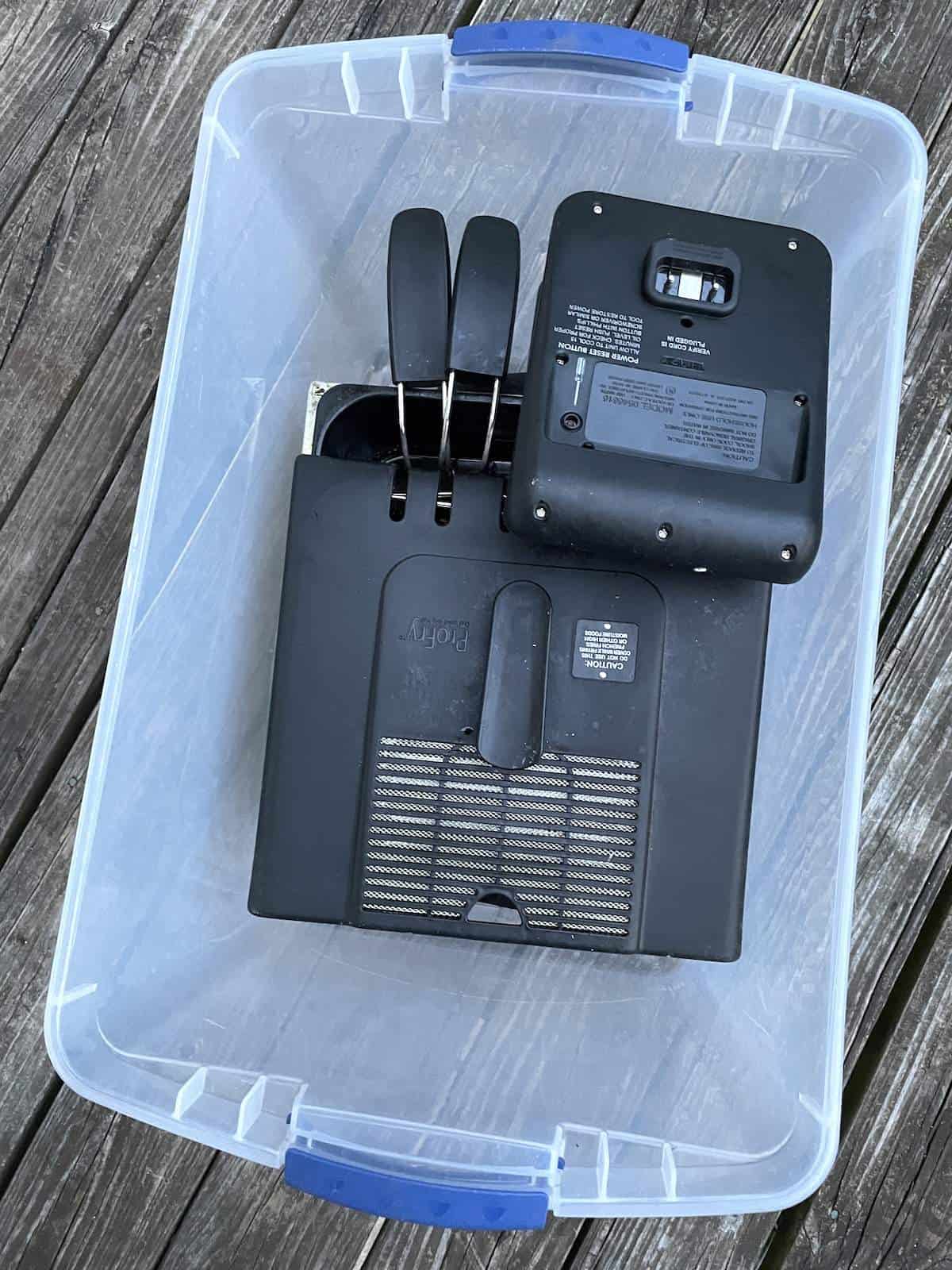
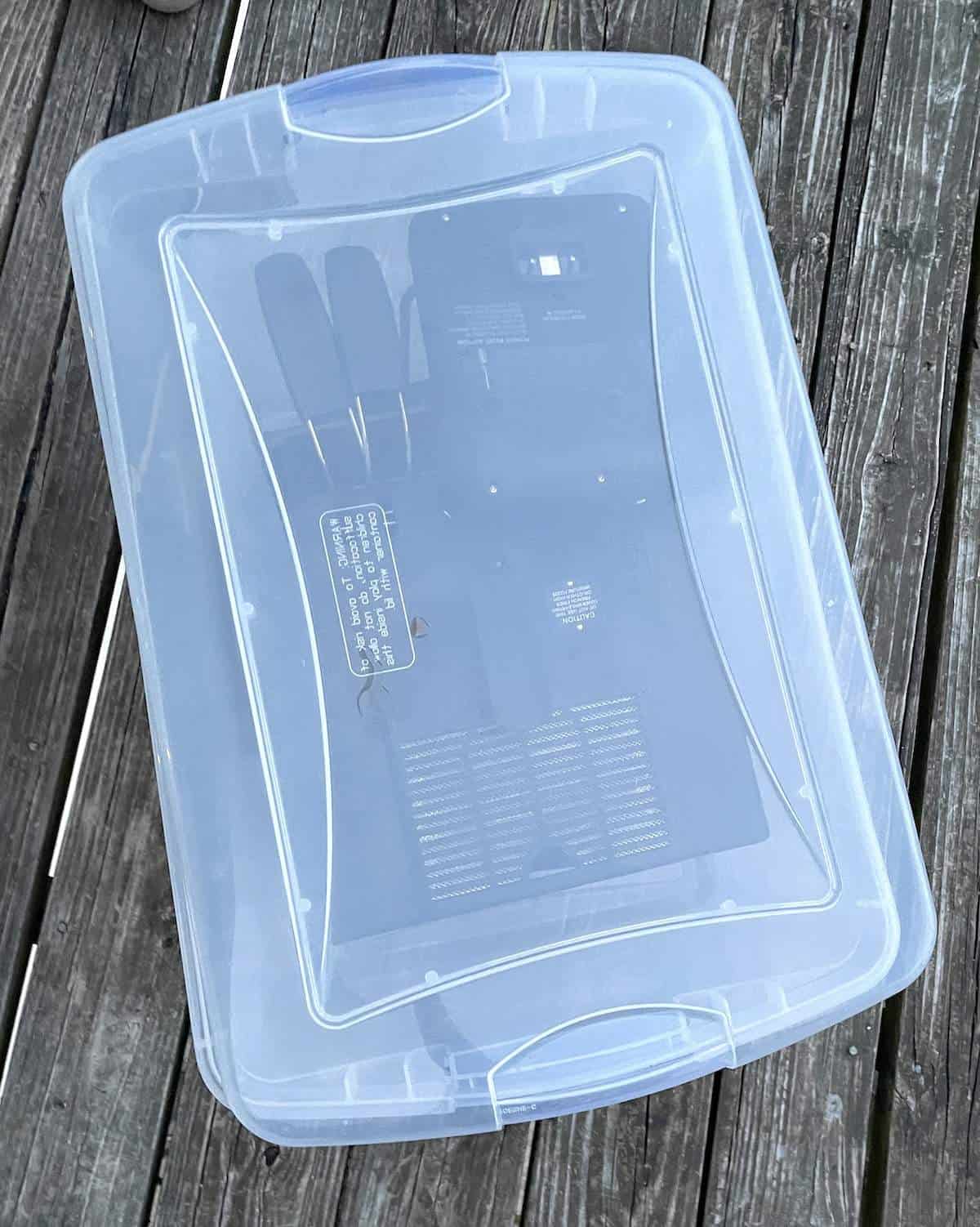
Deep Frying Essentials
For the best success when deep frying, here are some of my favorite products.
Newest Deep Fryer
Breakfast
Easy Biscuit Beignets Recipe
Condiments
Homemade Cornmeal Fish Fry Seasoning Mix
Side Dishes
Fried Corn on the Cob Recipe
Seafood Recipes
Fried Shrimp Po’ Boy
Main Courses
Deep Fried Shrimp
Side Dishes
Southern Fried Squash
Side Dishes
What to Serve with Fried Catfish
Main Courses
Buttermilk Fried Chicken Tenders
Side Dishes
Crispy Fried Okra
Kid-Friendly
Toasted/Fried Ravioli (with Pizza Seasoning)
Seafood Recipes


